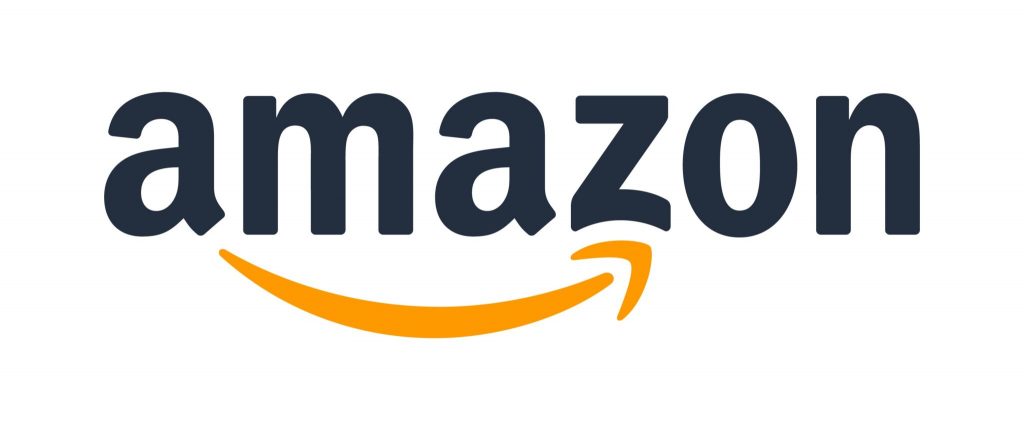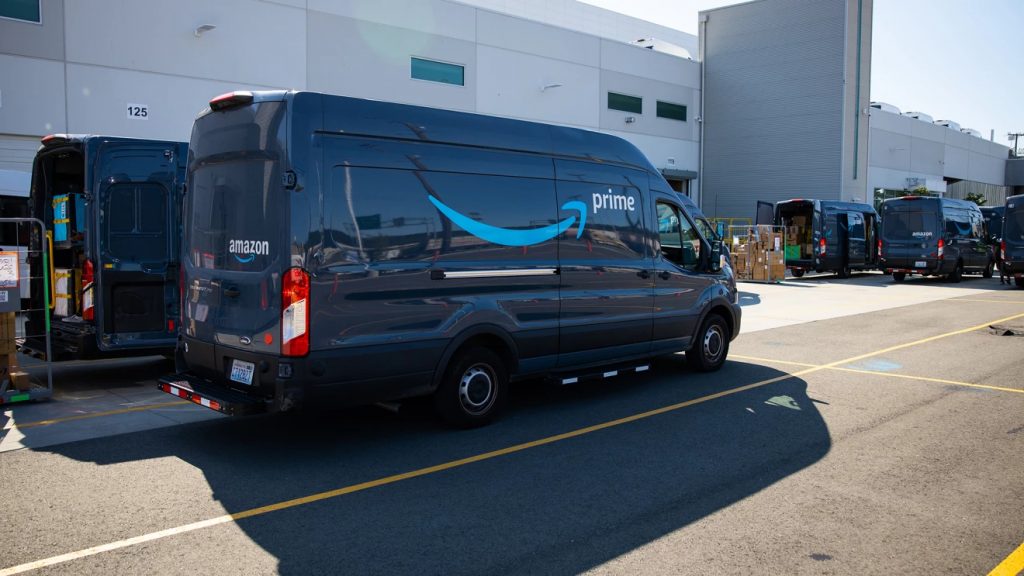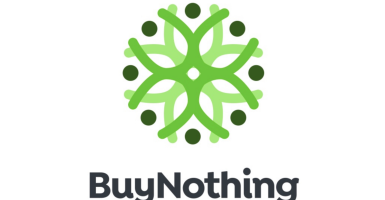Amazon Is Adding Fees For Certain Users
Certain Amazon users will soon have to pay more to the platform.
This article is more than 2 years old

Third-party sellers on Amazon will now be paying a measurable amount more in fees. Amazon announced that for all active third-party sellers based in the United States, a 5% additional fee will be added to each unit sold at the time of sale to cover extra costs related to fuel and inflation. The e-commerce giant emphasized that no seller or item will be exempt from incurring the fee.
Amazon’s decision to hike up its fees for sellers in the United States comes as inflation continues to plague all consumer markets. From manufacturers to the end consumer, every entity involved in the supply chain has been subjected to the widespread effects that this period of surging inflation has imbued. This all factored into Amazon’s decision to add the extra fee.
Speaking about the additional fee, an Amazon spokesperson conveyed that it was the company’s hope that the markets would settle quicker and the economy would deflate somewhat. Instead, however, the opposite happened, which ultimately is what led to Amazon’s decision to impose additional fees on all of its third-party sellers. “In 2022, we expected a return to normalcy as Covid-19 restrictions around the world eased, but fuel and inflation have presented further challenges,” informed an Amazon spokesperson via CNBC.
The new fees will affect the approximately 2 million people who sell independently on Amazon. The new 5% extra per unit surcharge averages out to about 24 additional cents per item sold. While that amount may seem negligible, 24 cents can add up quickly. That is especially true for those who make their livelihoods off of the products they vend through Amazon.

Logically, Amazon is most likely passing some of the excess inflationary costs down to its sellers in order to keep the costs the end consumers are paying down. With Amazon’s business model they have the luxury to do that. Whereas, many restaurants, for instance, have to pass some of that extra cost down to their patrons in order to maintain their profit margins.
While the new fee will eat into the profit margins of a great many Amazon sellers, there may be some hopeful news. Amazon disclosed that the fee is subject to change at any time. Meaning that, should inflation subside, there is the potential that Amazon could elect to dissolve the extra charge entirely. However, a spokesperson for the e-commerce behemoth did note that “It is still unclear if these inflationary costs will go up or down…” So, perhaps, given that the fate of the market is still hanging in the balance, sellers shouldn’t get their hopes up that the fee will be removed any time in the near future.
Amazon isn’t the only one hiking up its seller fees. Other e-commerce platforms are also attempting to pass more of the inflation burden off to their vendors, too. Etsy just increased its seller fees by 1.5% from 5% to 6.5%. Understandably, this left many Etsy sellers outraged. CNET reported that because of the changes many existing sellers decided to simply shut down their stores and walk away from selling on Etsy altogether. Others have elected to sign a petition in the hopes that Etsy will reconsider its decision.





